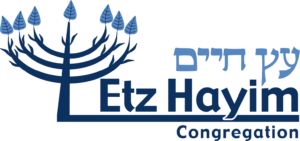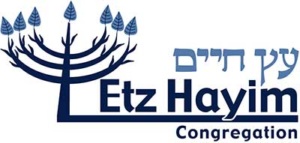Instructions for counting the omer are found on our Omer Overview Page. You can find the specific blessing for today at chabad.org.
We’re dedicating a new Sefer Torah on the first day of Shavuot. In honor of this joyous occasion, we’re using the counting of the Omer to take a whirlwind trip through the Torah
Today’s portion is Terumah from the book of Exodus. Today’s insight was generously provided by Philip A.
Verses of note: Exodus 25 3-7
What caught your attention in this parashah?
These verses specify the gifts (terumah) that should be brought for the construction of the Mishkan. There are 13 items mentioned: gold, silver, copper (brass), blue, purple, and crimson yarns, fine linen, goats’ hair, tanned ram skins, dolphin skins, acacia wood, oil for lighting, spices, and lapis lazuli and other stones. Two interesting questions: 13 is a significant number. Where else does it occur in Torah and is there any relation? What does the text mean by “dolphin skins”? Were there dolphins in the desert?
What’s one explanation for these verses?
The obvious relationship of “13” is that this is the same as the number of attributes of God (Exodus 34:6–7). Perhaps this is a way of emphasizing the holiness of the materials required to build the Mishkan.
“Dolphin skin” is apparently a mis-translation of the word תְּחָשִׁ֖ים , which has also been translated as porpoise or badger. The word occurs only 14 times in the Bible, and almost certainly means a kind of thick leather, such as that used for making shoes (see Ezekiel 16-10). Rashi says it refers to a kind of multicolored animal that was created specifically for this purpose and which no longer exists. Ibn Ezra says the word refers to a kind of ox.
A lesson to be learned here is that there are still mysteries in understanding the Torah, which haven’t been resolved even millennia later. Room remains for interpretation of even the most basic text.
Where to Learn More
Read the text itself, as noted above. It is interesting to contrast various translations, both Jewish and Christian. An English translation of the Miqraot Gedolot, summarizing the principal commentators, can be found in The Commentators’ Bible – Shemot, Michael Carasik, Ed., JPS 2005.


